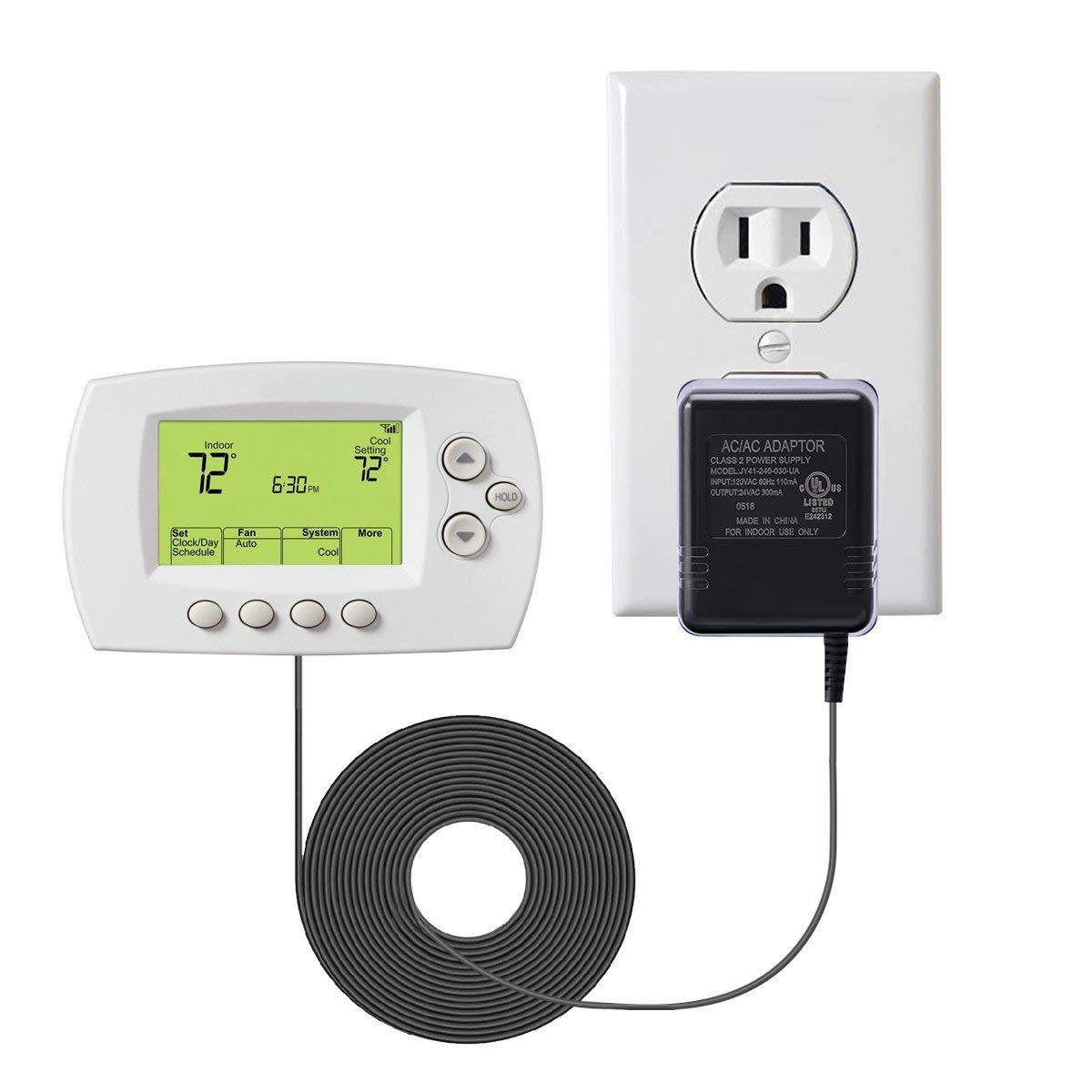

Articles
What Is A C Wire Adapter For A Thermostat
Modified: December 7, 2023
Discover the importance of a C wire adapter for a thermostat in this informative article. Explore how it can enhance your HVAC system's functionality and energy efficiency.
(Many of the links in this article redirect to a specific reviewed product. Your purchase of these products through affiliate links helps to generate commission for Storables.com, at no extra cost. Learn more)
Introduction
Welcome to the world of thermostats, where advanced technology meets comfort and energy efficiency. As homeowners seek smarter ways to control their heating and cooling systems, the demand for programmable and smart thermostats has skyrocketed. These intelligent devices offer features like Wi-Fi connectivity, remote control, and energy-saving algorithms. However, one crucial element in the installation of a thermostat is often overlooked – the C wire.
In this article, we will explore the concept of a C wire, its importance for thermostats, and how a C wire adapter can simplify the installation process. Whether you are a homeowner considering a thermostat upgrade or a professional HVAC technician, understanding the role of a C wire and its adaptation will help you make informed decisions.
Key Takeaways:
- A C wire is crucial for modern thermostats, providing stability, Wi-Fi connectivity, advanced features, energy efficiency, and compatibility. A C wire adapter simplifies installation, unlocking the full potential of smart thermostats without rewiring.
- C wire adapters offer easy installation, compatibility with various thermostat models, consistent power supply, enhanced functionality, and cost-effective solutions. They bridge the gap for homes lacking a C wire, ensuring optimal thermostat performance.
Read more: What Is A C-Wire On A Thermostat
What is a C Wire?
In the world of heating, ventilation, and air conditioning (HVAC) systems, the C wire, also known as the common wire or “common” terminal, is an essential component for the proper functioning of a thermostat. The C wire completes the electrical circuit and supplies a continuous power source to the thermostat.
The C wire provides a constant flow of low-voltage power (around 24 volts) from the HVAC system’s control board to the thermostat. It serves as the return path for the electrical current that powers the thermostat, enabling it to regulate the HVAC system’s operation.
Traditionally, heating and cooling systems consisted of just two wires—a red wire for power (R) and a white wire for heating (W). In this two-wire setup, the thermostat would draw power needed for its operation from the red wire while signaling the HVAC system to activate heating or cooling through the white wire.
However, with the emergence of advanced thermostats and their additional features, such as touchscreen displays, Wi-Fi connectivity, and programmable settings, more power is required. This is where the C wire comes into play.
The C wire acts as a dedicated power source, which avoids the need for the thermostat to draw power from the HVAC system itself. By supplying a constant flow of power, the C wire eliminates the risk of power loss and ensures the smooth operation of the thermostat and its connected features.
Why is a C Wire Important for Thermostats?
The presence of a C wire is crucial for the optimal performance and functionality of modern thermostats. Here are a few reasons why:
- Power Stability: A C wire provides a continuous source of power to the thermostat, ensuring that it remains operational even during power outages or fluctuations. This stability is essential for maintaining the thermostat’s memory, settings, and schedule, preventing the need to reconfigure the thermostat every time power is restored.
- Wi-Fi Connectivity: Many smart thermostats require a constant power supply to maintain their Wi-Fi connection and communicate with other devices. Having a C wire ensures uninterrupted connectivity, allowing you to control and monitor your thermostat remotely through a smartphone app or voice commands.
- Advanced Features: Thermostats with advanced features, such as touchscreen displays, color-changing backgrounds, and adaptive learning algorithms, require more power to operate. Without a C wire, these features may be compromised or limited due to insufficient power supply.
- Energy Efficiency: By providing a dedicated power source, the C wire allows the thermostat to optimize energy consumption. It enables features like motion sensors and occupancy detection, which can adjust temperature settings based on whether the room is occupied or vacant. This helps to save energy and reduce utility bills.
- Compatibility: Some thermostats, especially newer models, rely heavily on the C wire for their operation. Without a C wire, these thermostats may not function properly. Having a C wire installed ensures compatibility with a wide range of thermostats, giving you flexibility in choosing the right model for your needs.
Overall, the presence of a C wire is essential for the proper functioning and utilization of the full range of features offered by modern thermostats. It ensures stability, connectivity, advanced functionality, energy efficiency, and compatibility, all contributing to a more comfortable and convenient home environment.
What is a C Wire Adapter?
A C wire adapter, also known as a power extender kit or a C wire add-on kit, is a device designed to address the challenges associated with installing a thermostat that requires a C wire in homes that lack one. It is a convenient solution for those who want to upgrade their thermostats without rewiring their HVAC system.
The C wire adapter acts as a bridge between the HVAC system’s control board and the thermostat, providing the necessary power supply through the existing wiring infrastructure. It converts the existing two-wire system (typically R and W) into a five-wire system, with the addition of the C wire.
The adapter typically consists of a control module and a receiver module. The control module connects to the HVAC system’s control board, while the receiver module is connected to the thermostat. The C wire adapter enables the flow of low-voltage power from the control module to the receiver module, mimicking the function of an actual C wire.
It is important to note that not all thermostats require a C wire adapter. Some thermostats are designed to operate without a dedicated C wire by utilizing power-stealing or power-sharing techniques. However, if you encounter compatibility issues or inconsistent performance with your thermostat, a C wire adapter can be a viable solution.
C wire adapters come in different models and designs to cater to various HVAC systems and thermostat requirements. Some adapters are specifically designed for certain thermostat brands or models, while others are more universal in nature. It is important to choose an adapter that is compatible with your specific HVAC system and thermostat.
With a C wire adapter, homeowners and HVAC technicians can enjoy the benefits of advanced thermostats without the need for complicated rewiring or expensive electrical modifications. It provides a simpler and more cost-effective solution for powering the thermostat and unlocking its full potential.
How Does a C Wire Adapter Work?
A C wire adapter works by utilizing the existing wiring infrastructure of a heating and cooling system to provide a dedicated power source for a thermostat that requires a C wire. It effectively bridges the gap between the HVAC system’s control board and the thermostat, allowing for seamless and convenient installation.
Here’s a breakdown of how a C wire adapter typically works:
- Installation: The C wire adapter consists of a control module and a receiver module. The control module is connected to the HVAC system’s control board, usually in the furnace or air handler. The receiver module is connected to the thermostat location.
- Low-Voltage Power Conversion: The control module of the C wire adapter connects to the existing power supply from the HVAC system’s control board, usually through the R (power) and W (heat) terminals. It converts the high voltage power from the control board into low-voltage power (around 24 volts) suitable for the thermostat.
- C Wire Simulation: The control module also provides a connection for the C wire, which is typically labeled as the “C” terminal. This simulates the presence of a dedicated C wire, allowing the thermostat to draw a constant power supply. The receiver module at the thermostat location receives this low-voltage power through the C terminal connection.
- Power Distribution: Once the adapter is installed and connected, the low-voltage power flows from the control module to the receiver module through the existing wiring, providing a continuous power source for the thermostat.
- Thermostat Operation: With the C wire adapter in place, the thermostat now has a stable and dedicated power source. It can perform its functions effectively, including regulating temperature, displaying information, communicating with other devices, and utilizing advanced features like Wi-Fi connectivity and programmable settings.
It is important to follow the manufacturer’s instructions when installing a C wire adapter, as the specific wiring connections and configurations may vary based on the adapter model and HVAC system. Consulting a professional HVAC technician may also be beneficial to ensure a correct and safe installation.
By utilizing a C wire adapter, homeowners can enjoy the benefits of a thermostat that requires a C wire without the need for extensive rewiring or electrical modifications. It simplifies the installation process while providing a reliable and stable power supply for optimal thermostat performance.
A C wire adapter for a thermostat is used to provide power to a thermostat that requires a C wire for operation. It can be easily installed by connecting it to the existing wiring at the furnace or air handler.
Read more: What Color Is The C-Wire On A Thermostat
Benefits of Using a C Wire Adapter
Using a C wire adapter offers several benefits for both homeowners and HVAC professionals. Let’s explore some of the advantages:
- Easy Installation: One of the primary benefits of using a C wire adapter is its ease of installation. It eliminates the need for extensive rewiring or modifications to the HVAC system, saving time and effort. With a C wire adapter, homeowners can upgrade their thermostats without the hassle and expense associated with rewiring.
- Compatibility: C wire adapters are designed to be compatible with a variety of thermostat models, making them a versatile solution for different HVAC systems. Whether you have a programmable thermostat, a smart thermostat, or a specific brand and model requirement, there is likely a C wire adapter available to suit your needs.
- Flexible Solution: C wire adapters provide a flexible solution for homes without an existing C wire. Instead of limiting thermostat options or relying on power-stealing techniques, homeowners can choose any thermostat they desire and utilize a C wire adapter for a seamless installation.
- Consistent Power Supply: With a C wire adapter, thermostats receive a constant and stable power supply. This ensures uninterrupted operation and allows the thermostat to maintain its memory and settings, even during power outages or fluctuations. It also enables smart thermostats to connect to Wi-Fi and utilize advanced features without connectivity issues caused by power loss.
- Enhanced Thermostat Functionality: C wire adapters unlock the full potential of advanced thermostats. By providing a dedicated power source, the adapters allow for the utilization of features like adaptive learning algorithms, occupancy detection, motion sensors, and remote control capabilities. Homeowners can enjoy increased energy efficiency, greater comfort, and convenient control over their HVAC systems.
- Cost-Effective Solution: When compared to rewiring an entire HVAC system, using a C wire adapter is a cost-effective solution. It eliminates the need for expensive electrical modifications and reduces the overall installation costs for upgrading to a new thermostat that requires a C wire.
Overall, using a C wire adapter simplifies the installation process, enhances compatibility, provides a reliable power supply, unlocks advanced thermostat features, and offers a cost-effective solution for upgrading thermostats in homes without a dedicated C wire. Whether you are a homeowner or an HVAC professional, incorporating a C wire adapter into your thermostat installation can greatly improve the functionality and convenience of your HVAC system.
Installation Process of a C Wire Adapter
The installation of a C wire adapter is a relatively straightforward process. However, it is important to follow the manufacturer’s guidelines and consult the specific instructions for the model of C wire adapter you are using. Here are the general steps involved in installing a C wire adapter:
- Shut Off Power: Before starting any installation work, always ensure that the power to the HVAC system is turned off. This can usually be done by switching off the breakers connected to the furnace or air handler.
- Locate Control Board: Find the control board of your HVAC system. It is typically located inside the furnace or air handler. Remove the access panel to gain access to the control board.
- Identify Existing Wiring: Take note of the wires connected to the control board. Look for the R (power), W (heat), and any other wires connected to the thermostat terminals.
- Connect Control Module: Connect the control module of the C wire adapter to the control board. Follow the manufacturer’s instructions on how to connect the wires. Typically, the R and W wires will remain connected in their original positions, while the additional wires provided with the adapter will be connected to their corresponding terminals on the control board.
- Route Wiring: Route the wiring from the control module to the thermostat location. This usually involves running the wires through the walls or using existing wiring channels. Ensure that the wires are secured and protected along the way.
- Connect Receiver Module: At the thermostat location, connect the receiver module of the C wire adapter to the wiring coming from the control module. Follow the manufacturer’s instructions to ensure the proper connections.
- Connect Thermostat: Connect the thermostat to the receiver module of the C wire adapter using the provided wiring. Again, refer to the manufacturer’s instructions for the correct wiring connections based on your thermostat model.
- Restore Power and Test: Once all the wiring connections are made, restore power to the HVAC system by turning the breakers back on. Test the thermostat to ensure it is receiving power and functioning correctly. Set the desired temperature, and monitor the HVAC system’s response to confirm everything is working as expected.
Remember, it is always recommended to consult the manufacturer’s instructions and, if needed, seek assistance from a professional HVAC technician. They can provide guidance on specific wiring configurations and ensure a safe and proper installation of the C wire adapter.
By following the appropriate installation steps, homeowners and HVAC professionals can successfully integrate a C wire adapter into their existing heating and cooling systems, allowing for the installation of thermostats that require a C wire without the need for extensive rewiring.
Compatibility of C Wire Adapters with Different Thermostat Models
When it comes to the compatibility of C wire adapters with different thermostat models, it is important to consider the specific requirements and wiring configurations of each thermostat. While C wire adapters are designed to be versatile and compatible with a wide range of thermostats, there may be some variations in compatibility depending on the specific model and brand. Here are a few key points to consider:
- Adapter Brand and Model: Different C wire adapter brands and models may have specific compatibility requirements. Some adapters may be designed to work best with certain thermostat brands, while others are more universally compatible. It is essential to choose an adapter that is compatible with both your HVAC system and the thermostat model you intend to install.
- Compatibility Documentation: Check the manufacturer’s documentation for both the C wire adapter and the thermostat. Look for any specific compatibility guidelines or recommended thermostat models that work well with the adapter. These documents often provide a list of approved thermostats or specific wiring instructions to ensure a successful installation.
- Wiring Configuration: Different thermostats may have different wiring requirements. Some thermostats may need a specific number of wires, while others may require additional connections beyond just the C wire. Make sure the C wire adapter you choose can accommodate the required wiring configuration of your thermostat.
- Two-Wire Systems: In cases where the existing system only has a two-wire setup (typically R and W), compatibility may be limited. Some thermostats and C wire adapters may not be compatible with two-wire systems. It is important to confirm that the C wire adapter you choose can work seamlessly in a two-wire configuration.
- Advanced Features: If your thermostat has advanced features like Wi-Fi connectivity, touchscreen display, or voice control, ensure that the C wire adapter is compatible with these features. Certain adapters may provide additional wiring connections or features specifically designed for supporting advanced thermostat functionalities.
Given the wide range of thermostat models available on the market, it is always a good idea to consult the manufacturer’s documentation, reach out to customer support, or seek advice from an HVAC professional. They can provide guidance on the compatibility of specific C wire adapters with different thermostat models and help you make an informed decision.
By selecting a C wire adapter that is compatible with your thermostat model, you can ensure a seamless installation and optimal functionality, allowing you to enjoy all the features and benefits that the thermostat has to offer.
Conclusion
In conclusion, understanding the importance of a C wire and its role in thermostat installations is crucial for homeowners and HVAC professionals alike. A C wire provides a dedicated power source, ensuring stability, compatibility, and enhanced functionality for advanced thermostats.
For homes that lack a C wire, a C wire adapter offers an effective solution. These adapters allow homeowners to upgrade their thermostats without the need for extensive rewiring or expensive electrical modifications. They provide a simple and cost-effective way to power thermostats that require a C wire.
The installation process of a C wire adapter involves connecting a control module to the HVAC system’s control board and a receiver module to the thermostat, utilizing existing wiring infrastructure. It is important to follow manufacturer guidelines and consult specific instructions for the model of the C wire adapter being used.
C wire adapters are designed to be compatible with a variety of thermostat models, but it is essential to consider specific requirements and wiring configurations. Checking compatibility documentation and considering wiring configurations and advanced features of thermostats are key factors in selecting the right C wire adapter.
By incorporating a C wire adapter into thermostat installations, homeowners can enjoy consistent power supply, enhanced functionality, and compatibility with a variety of thermostat models. The presence of a C wire and the use of a C wire adapter contribute to a comfortable, energy-efficient, and seamlessly controlled HVAC system.
Whether you are a homeowner looking to upgrade your thermostat or an HVAC professional ensuring smooth installations, understanding the importance of a C wire and utilizing a C wire adapter can significantly improve the performance and functionality of your thermostat, enhancing your overall comfort and energy efficiency.
Frequently Asked Questions about What Is A C Wire Adapter For A Thermostat
Was this page helpful?
At Storables.com, we guarantee accurate and reliable information. Our content, validated by Expert Board Contributors, is crafted following stringent Editorial Policies. We're committed to providing you with well-researched, expert-backed insights for all your informational needs.
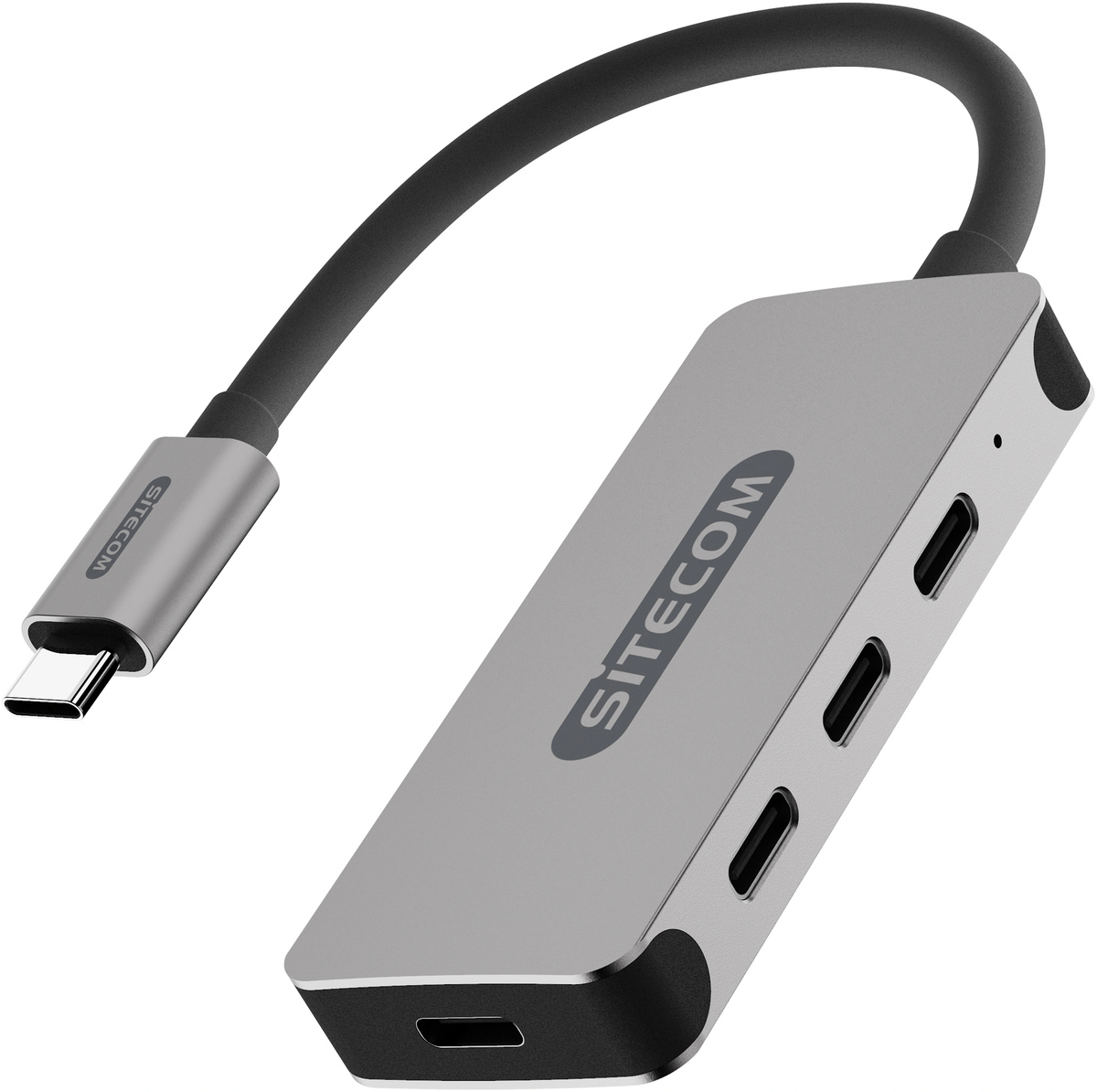

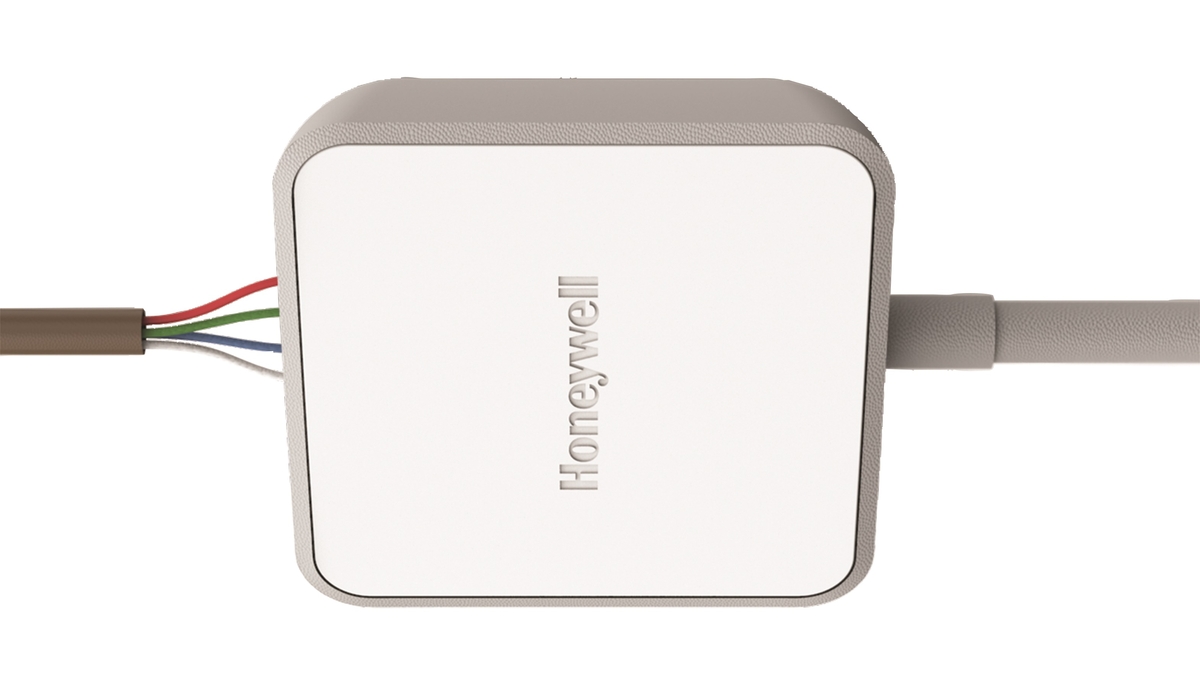
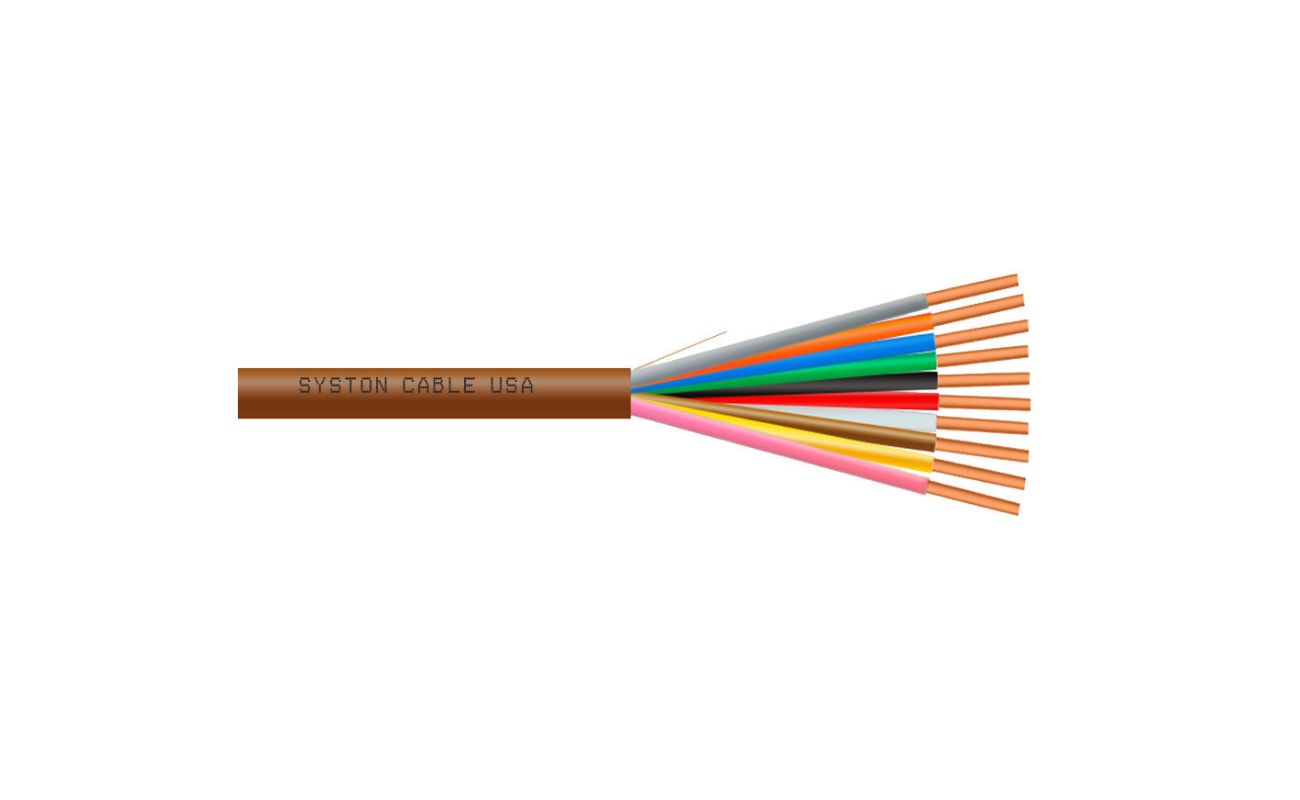
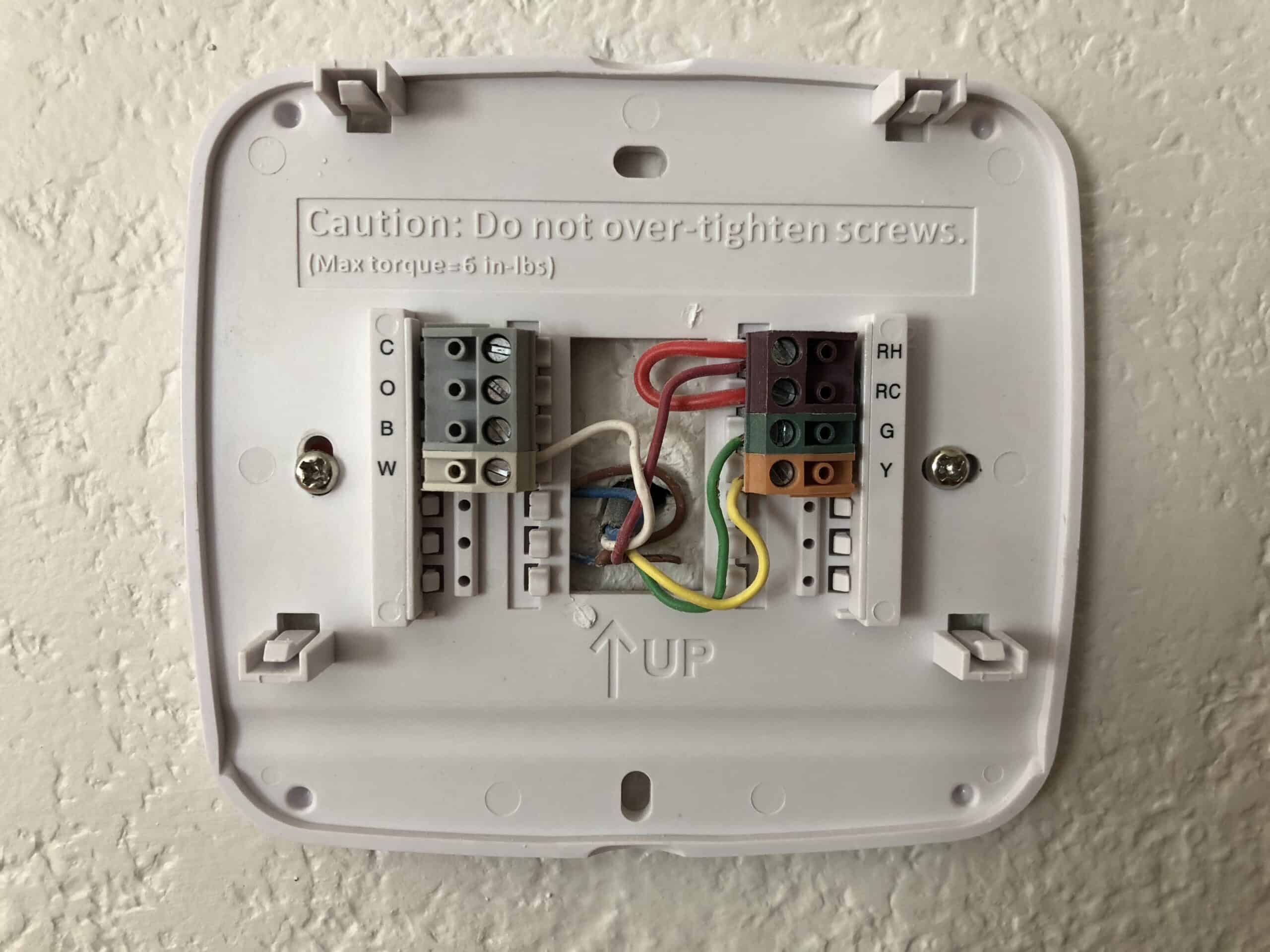
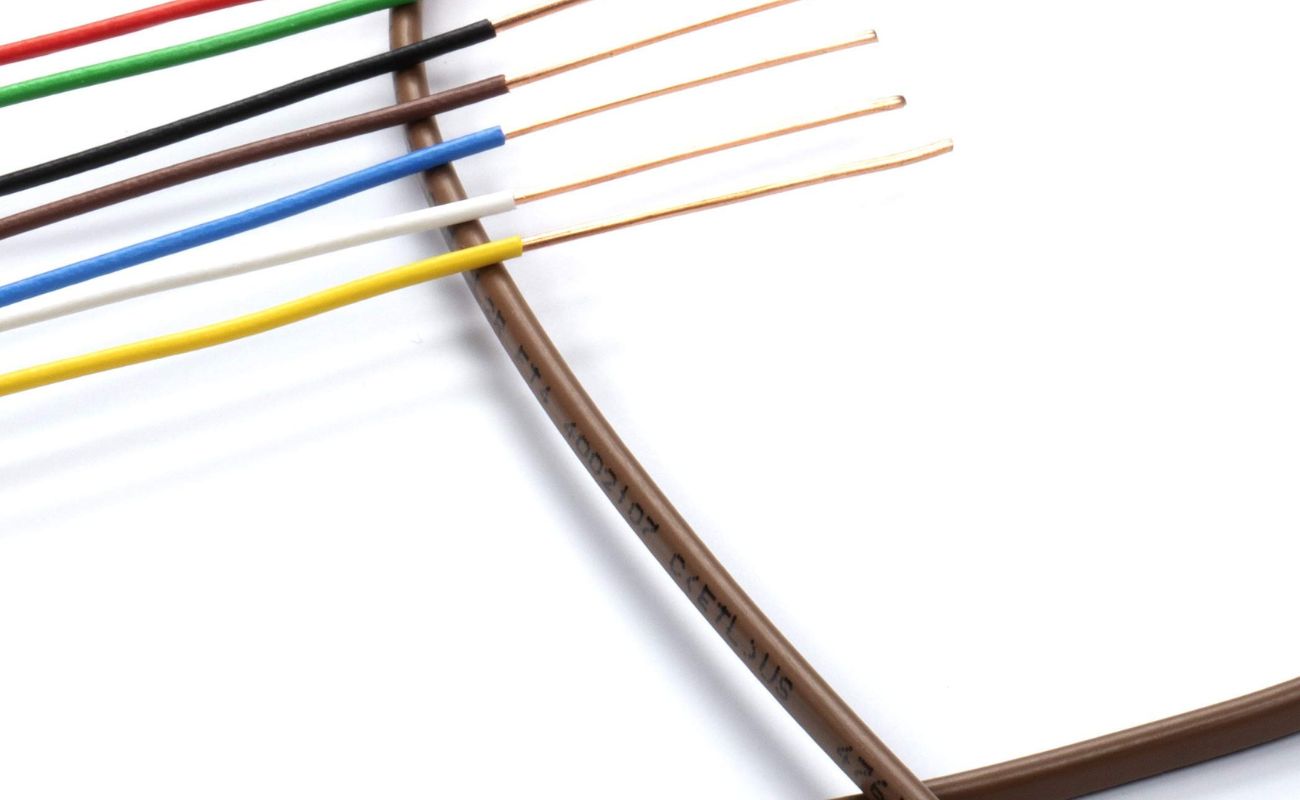
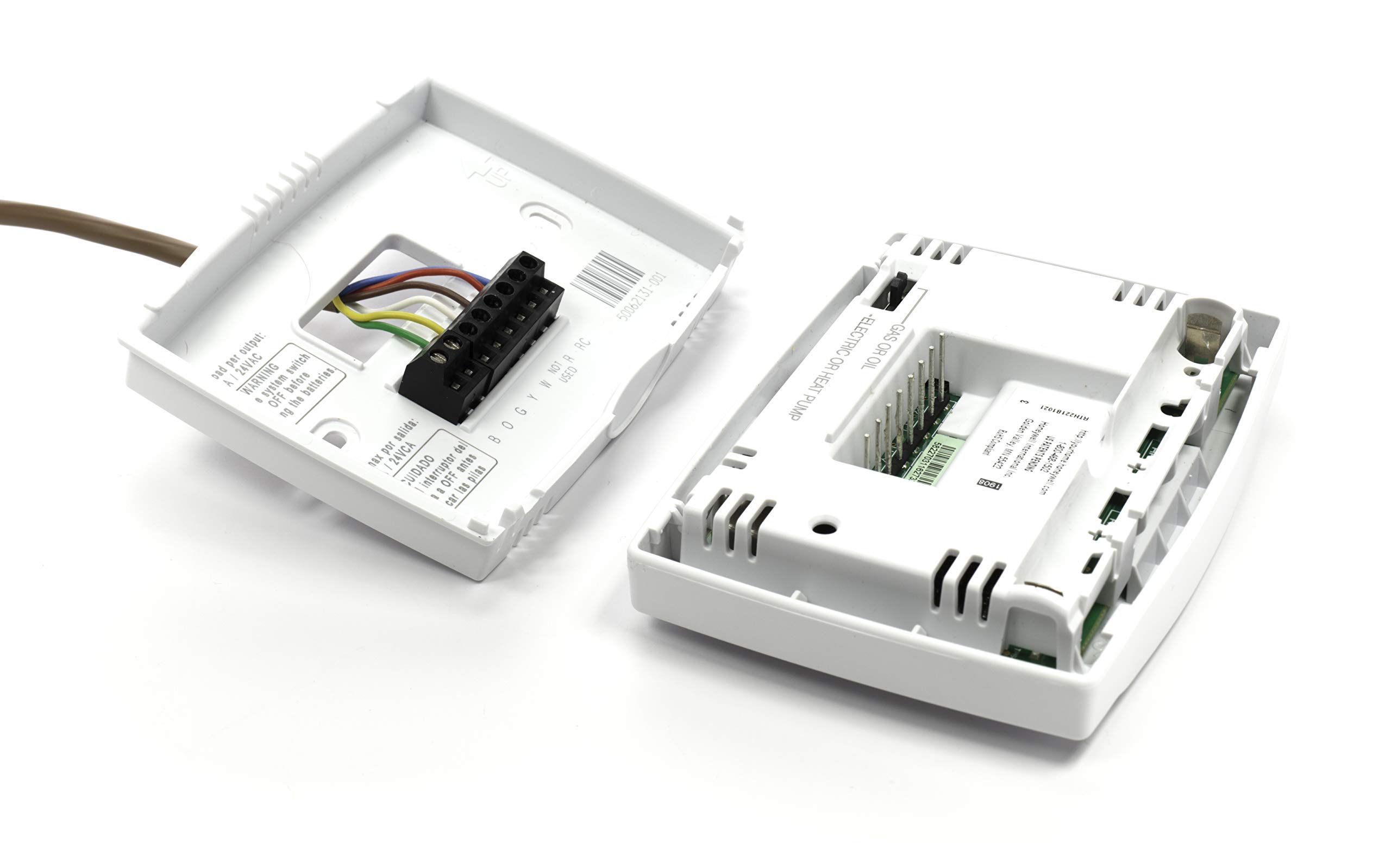
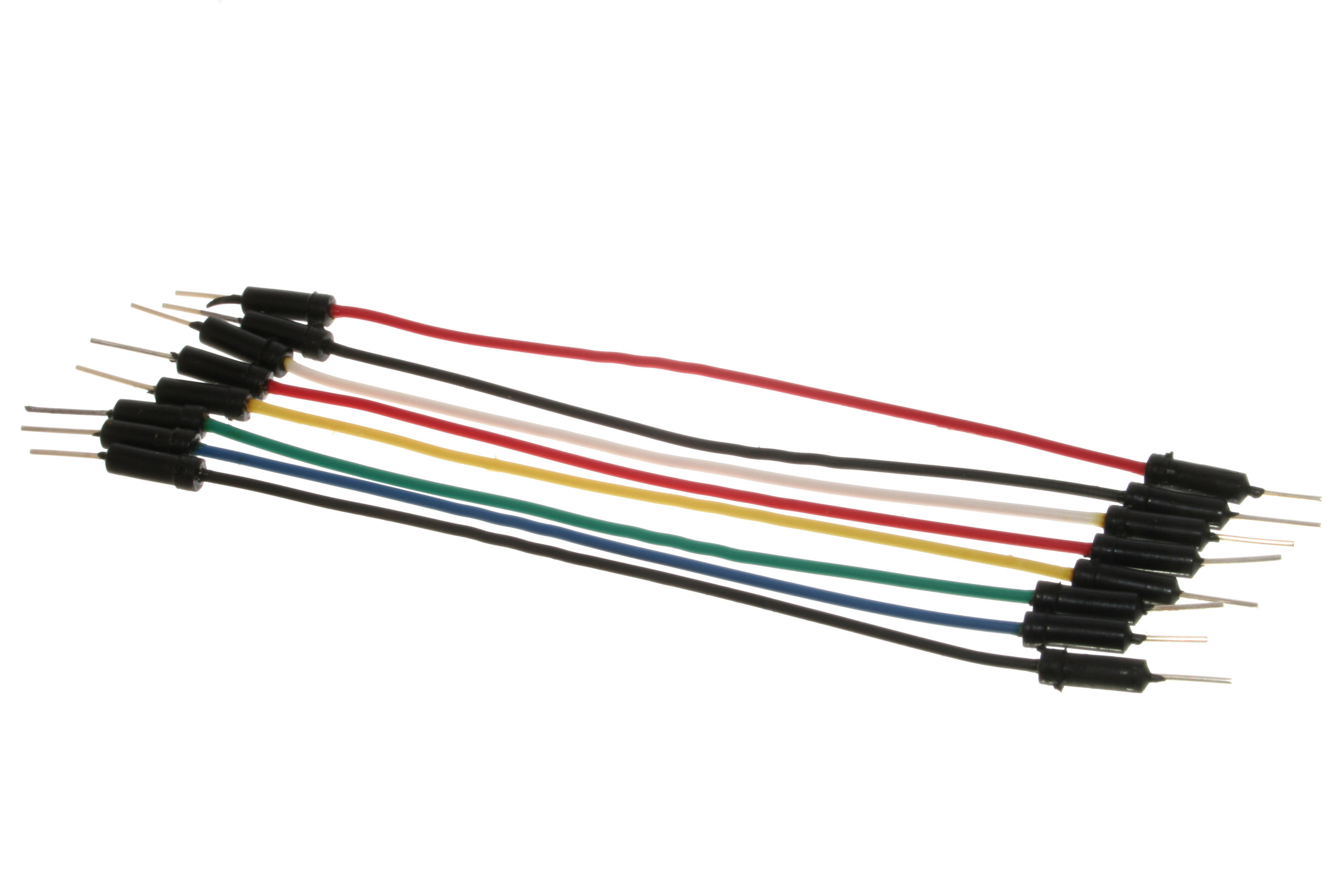
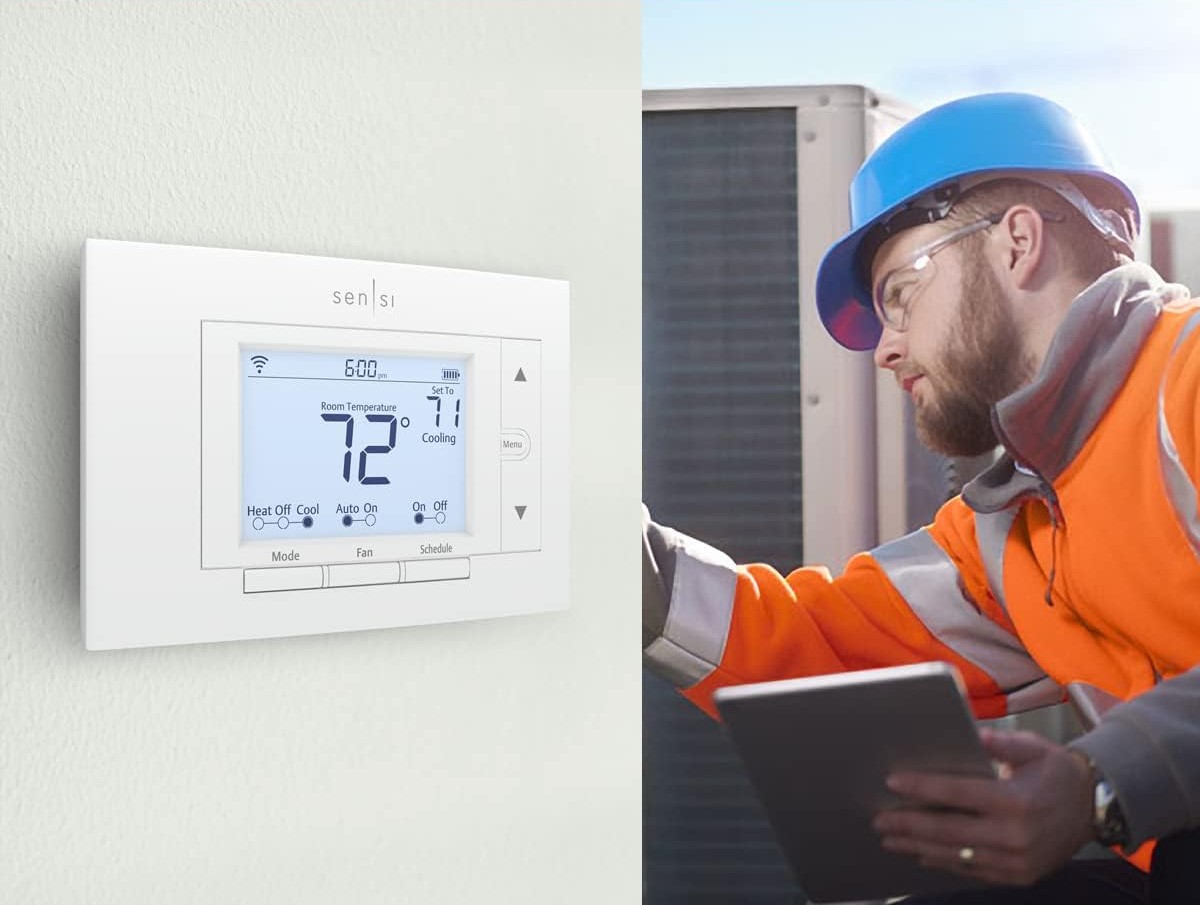
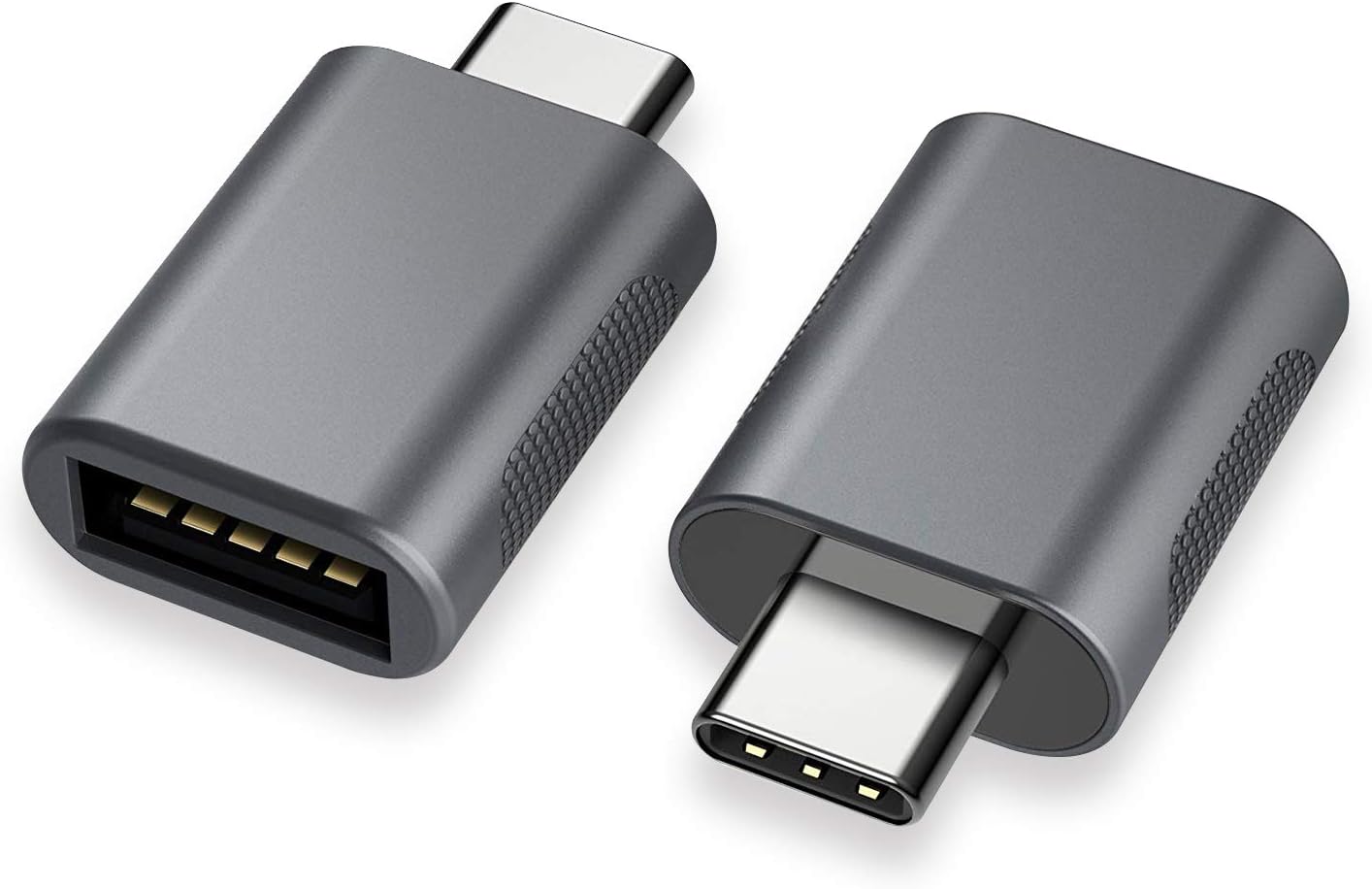
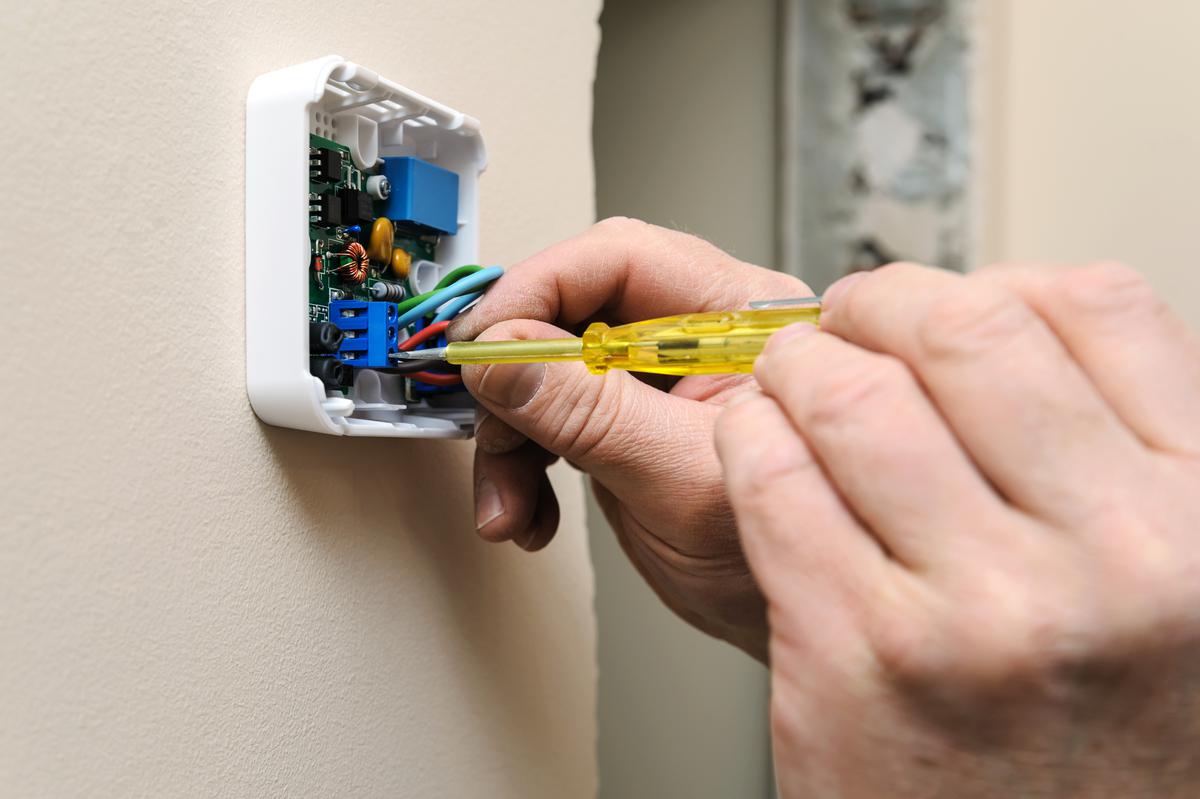
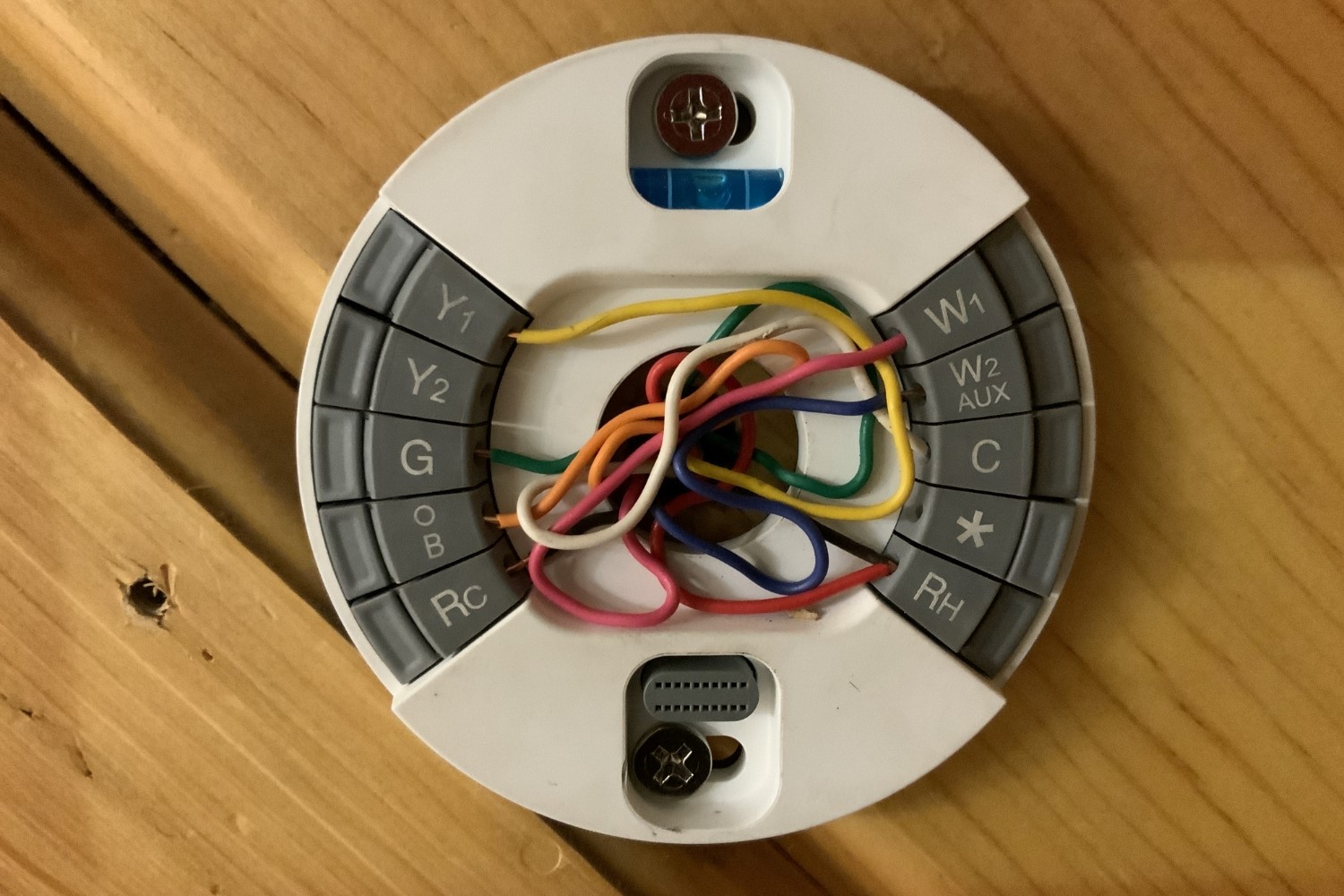
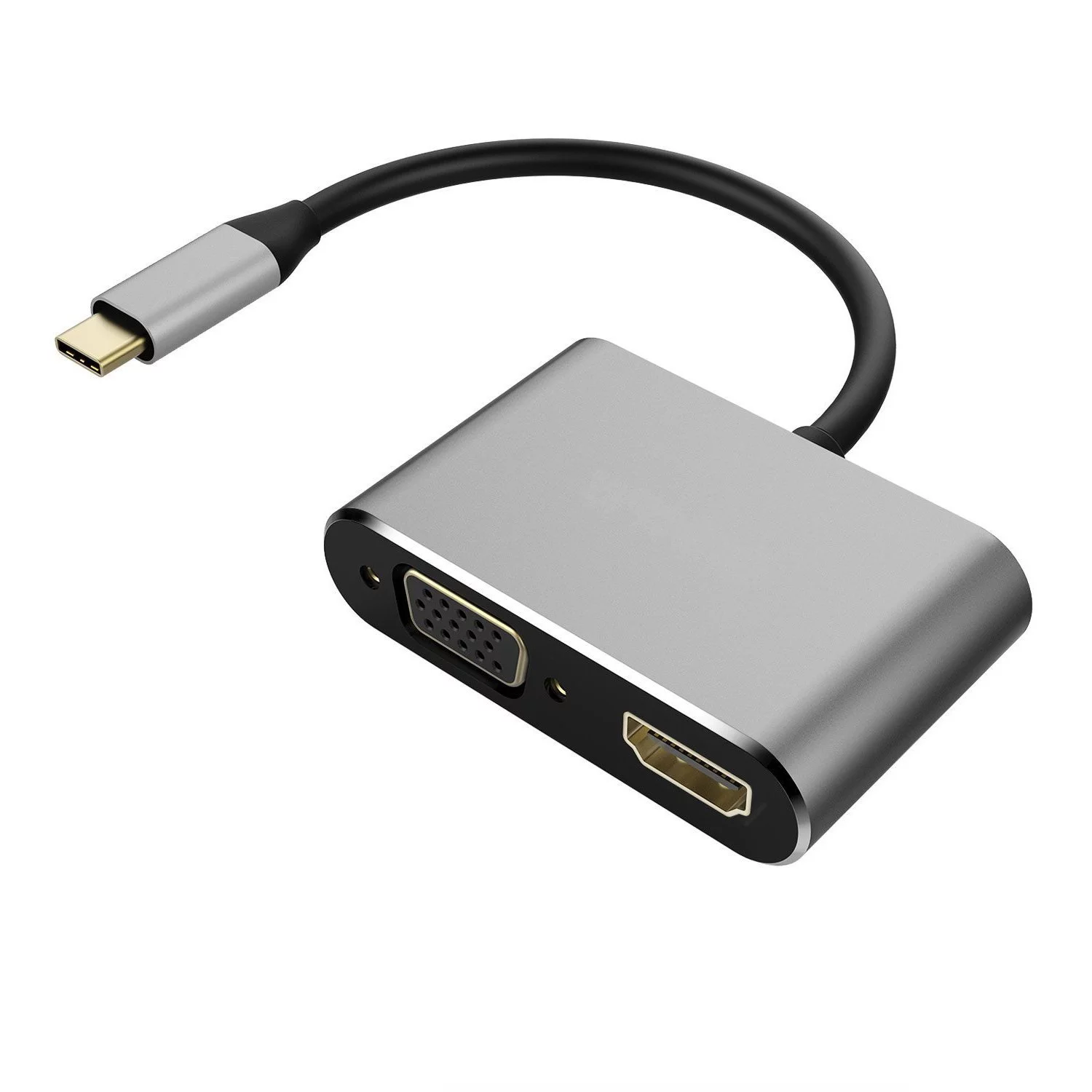
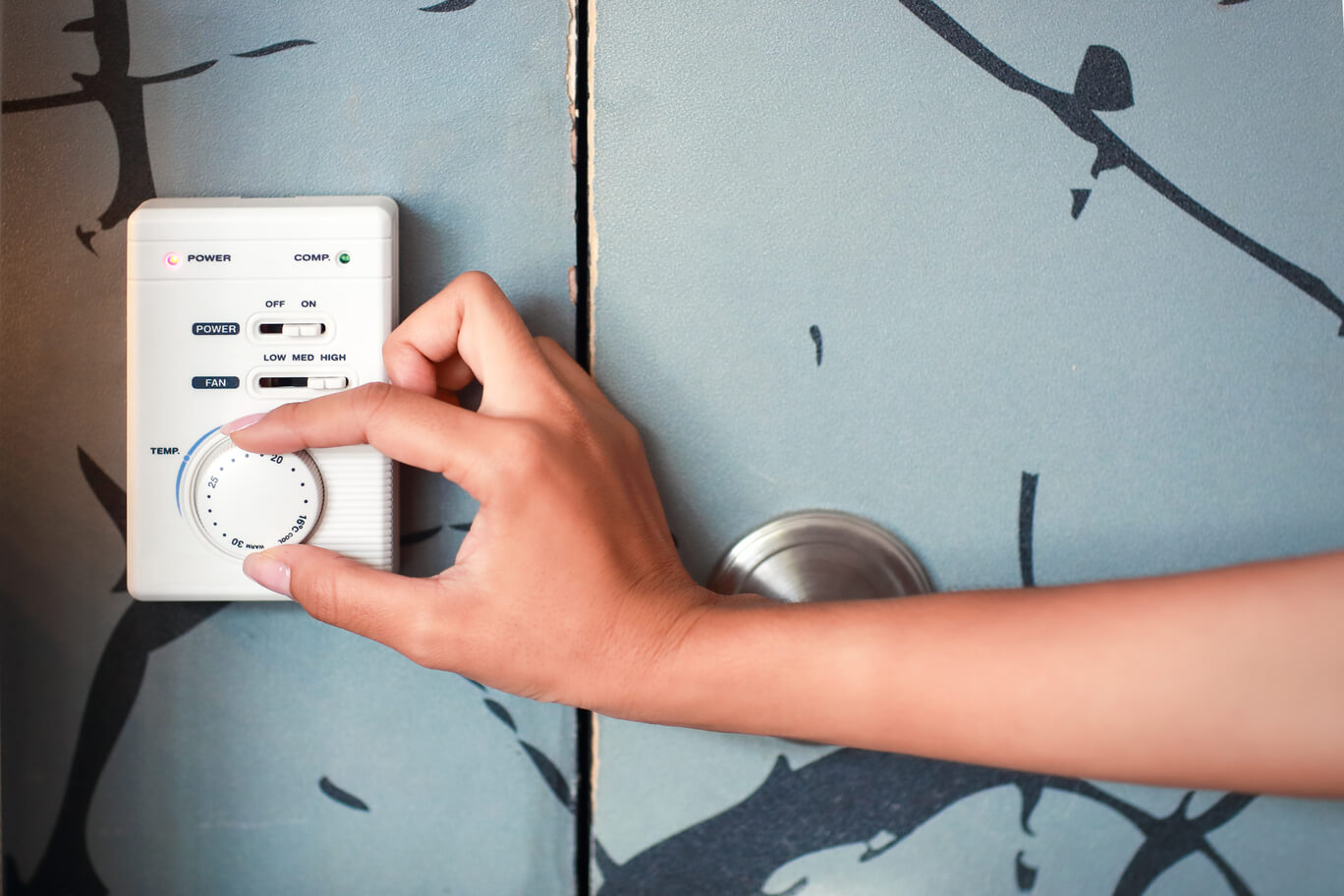

0 thoughts on “What Is A C Wire Adapter For A Thermostat”